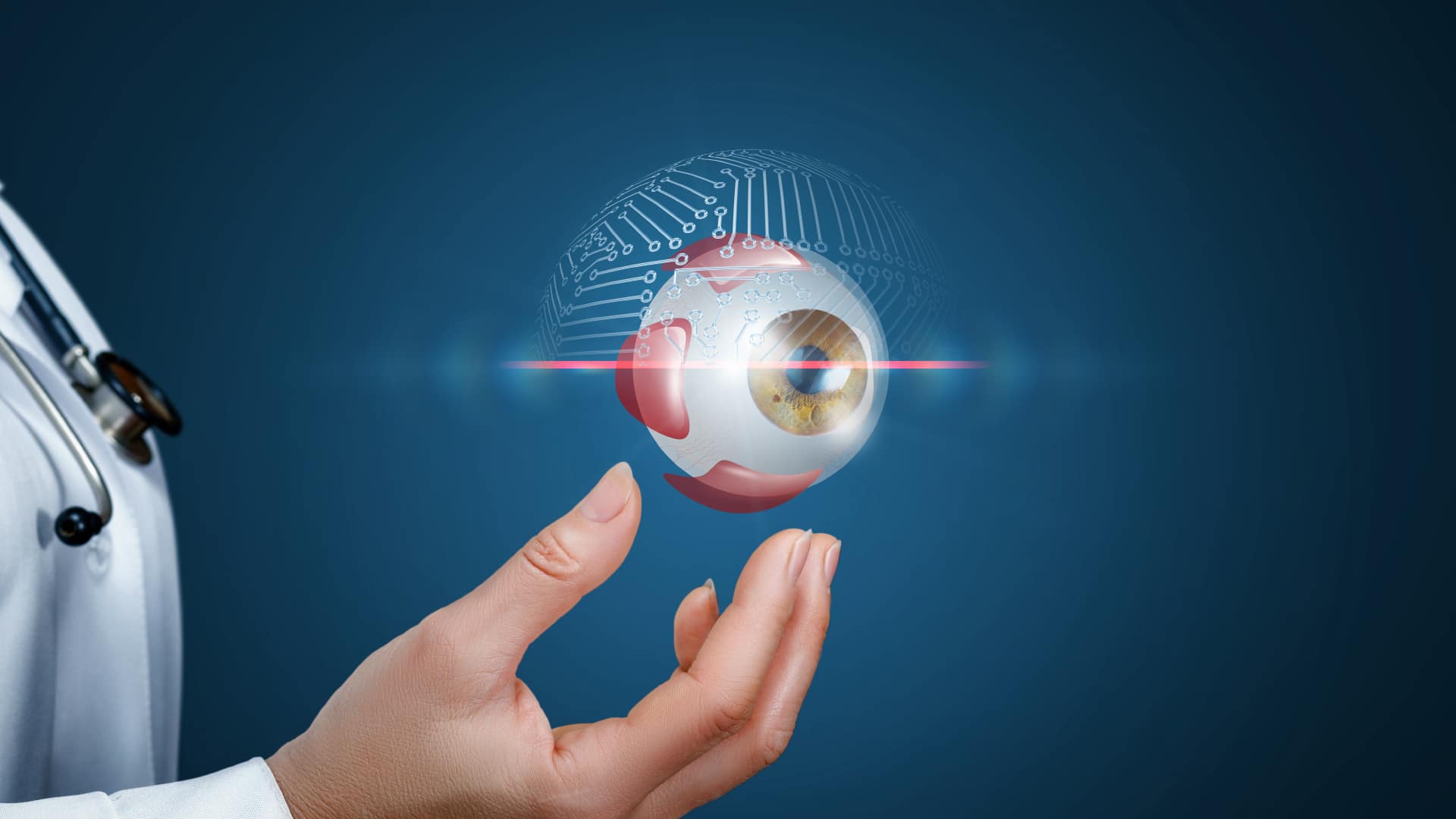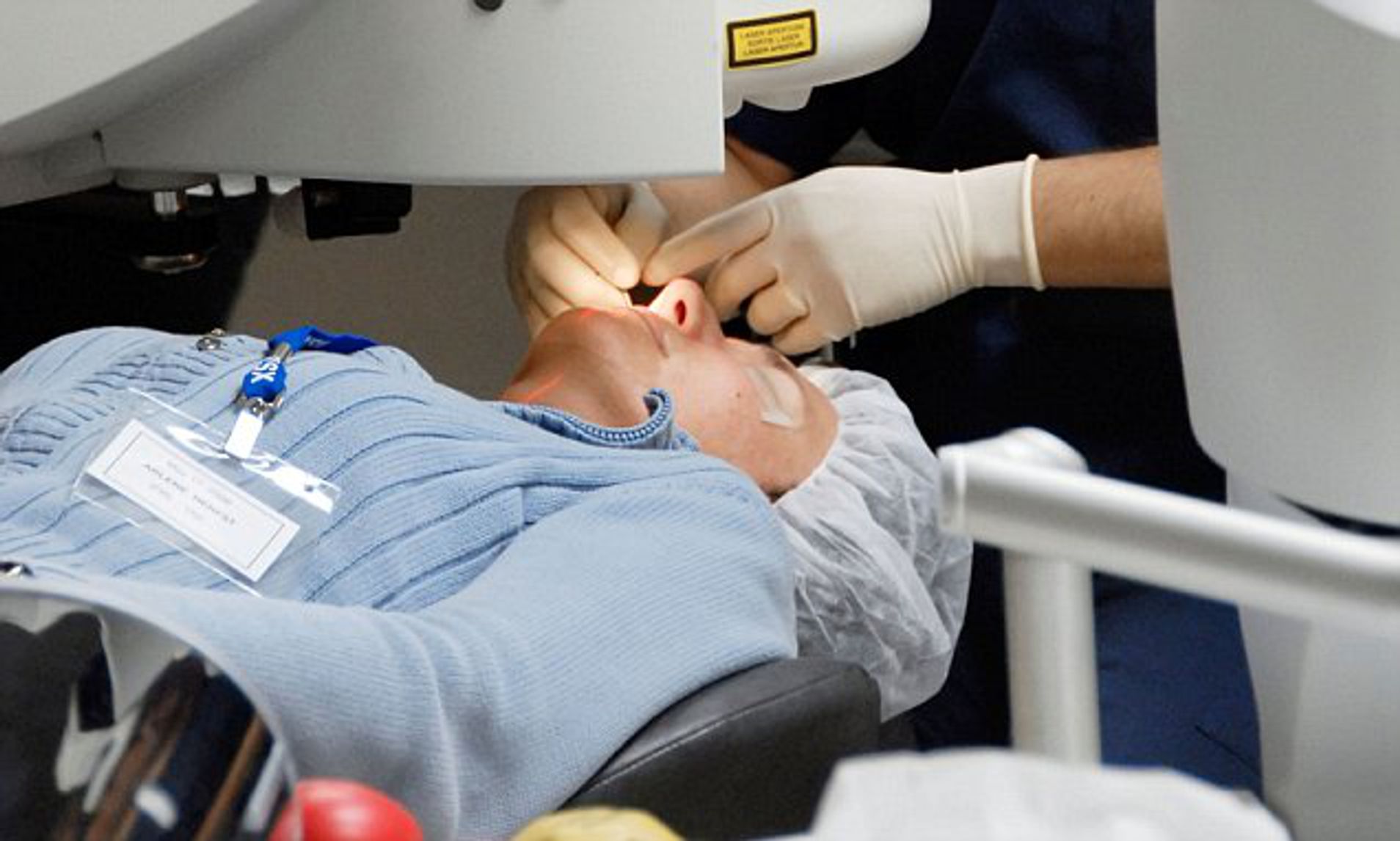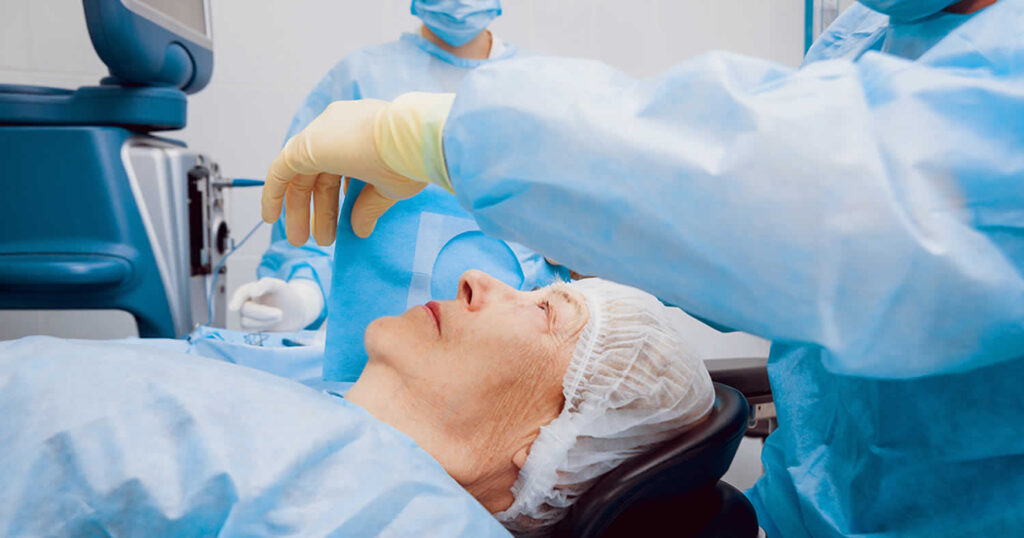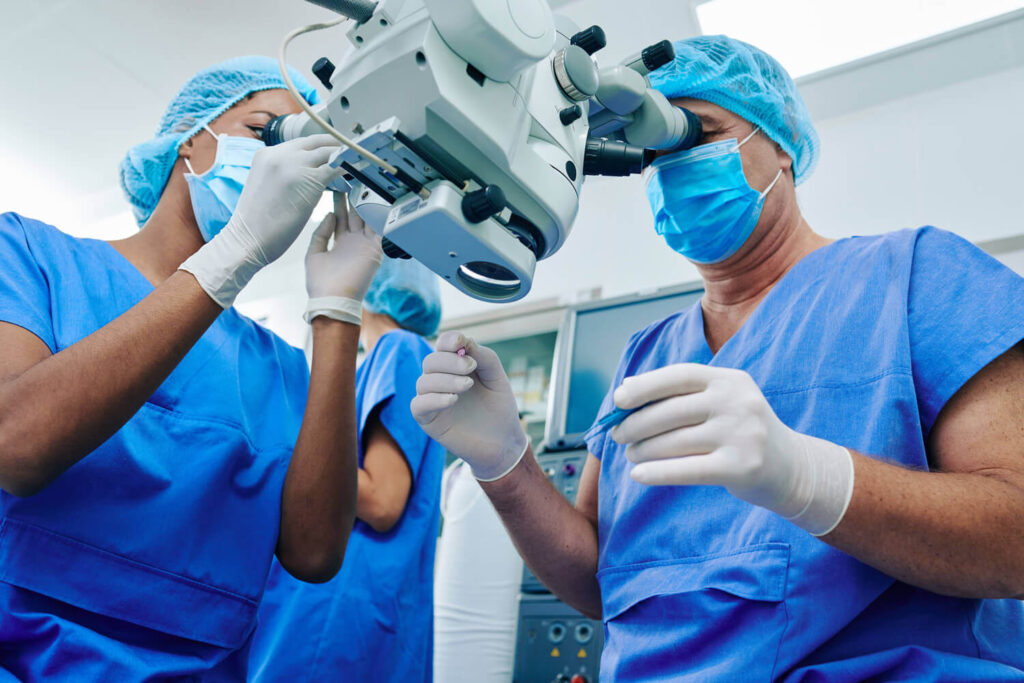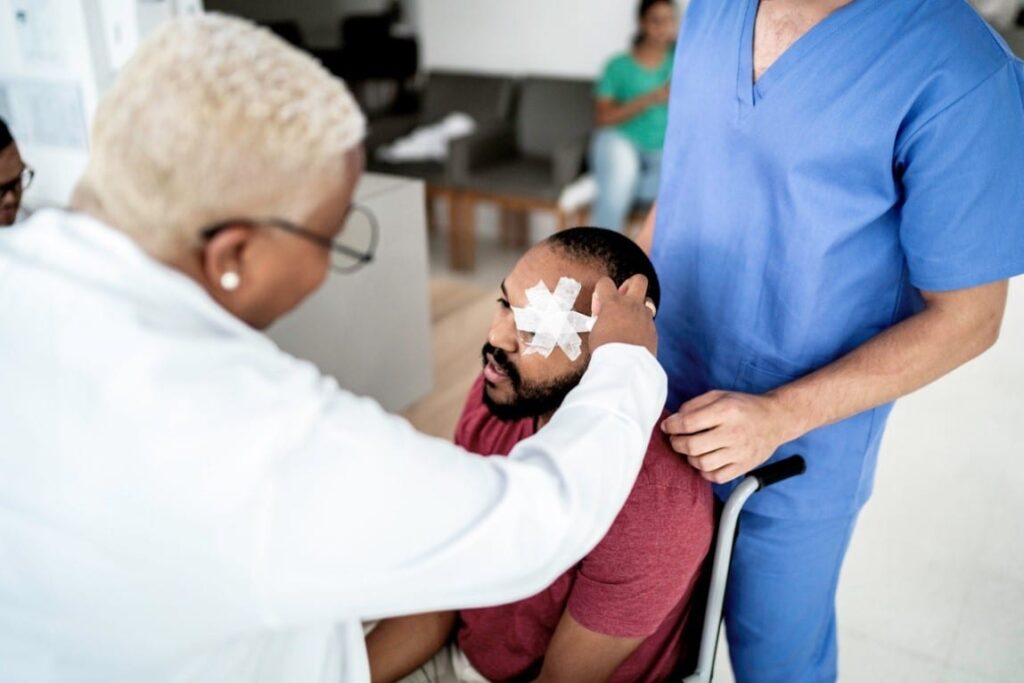Retinal diseases are a significant concern for eye health professionals and patients alike. These conditions can cause vision impairment and even lead to blindness if left untreated.
In this article, we will explore the anatomy of the retina, common retinal diseases and their symptoms, the impact of these diseases on vision, the importance of early detection, retinal damage symptoms, advanced diagnostic tools, treatment options, and tips for living with retinal diseases.
Understanding Retinal Diseases
The retina is a thin layer of tissue located at the back of the eye. It plays a crucial role in vision, as it contains millions of light-sensitive cells called photoreceptors. These cells convert light into electrical signals that are sent to the brain through the optic nerve, allowing us to see the world around us.
But what exactly is the anatomy of the retina? Let’s delve deeper into its structure.
The retina can be divided into several layers, each with its own unique function. The outermost layer is the pigmented epithelium, which helps absorb excess light and nourishes the photoreceptor cells. Just beneath this layer is the layer of photoreceptor cells themselves, consisting of two types: rods and cones. Rods are responsible for vision in low light conditions, while cones are responsible for color vision and visual acuity.
Next, we have the layer of bipolar cells, which receive signals from the photoreceptor cells and transmit them to the ganglion cells. Ganglion cells are the final layer of the retina and their axons make up the optic nerve, carrying visual information to the brain for processing.
See Also: A Guide to Retinal Treatments and Care
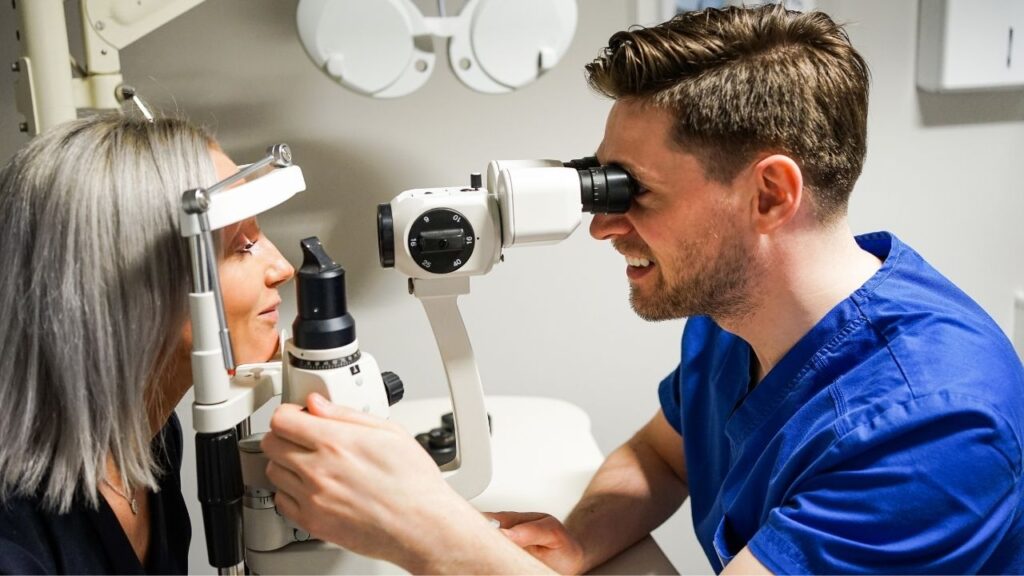
Common Retinal Diseases and Their Symptoms
There are several common retinal diseases that can affect the function of the retina and cause vision problems. Let’s explore some of these diseases and their symptoms in more detail.
Age-related macular degeneration (AMD) is a progressive disease that primarily affects the macula, the central part of the retina responsible for sharp, detailed vision. Symptoms of AMD include blurred or distorted vision, difficulty recognizing faces, and the appearance of dark or empty areas in the central visual field.
Diabetic retinopathy is a complication of diabetes that damages the blood vessels in the retina. This can lead to vision loss if left untreated. Symptoms of diabetic retinopathy include floaters, blurred vision, and difficulty seeing at night.
Retinal detachment occurs when the retina separates from the underlying tissue. This can cause sudden flashes of light, a curtain-like shadow over the visual field, and a sudden decrease in vision. It is a medical emergency that requires immediate attention to prevent permanent vision loss.
Retinitis pigmentosa is a group of inherited disorders that cause the breakdown and loss of photoreceptor cells in the retina. Symptoms usually start with difficulty seeing at night and gradually progress to tunnel vision and loss of peripheral vision.
The Impact of Retinal Diseases on Vision
Retinal diseases can have a profound impact on a person’s vision. Depending on the specific disease and its severity, individuals may experience a wide range of visual impairments.
Decreased visual acuity is a common consequence of retinal diseases, making it difficult to see objects clearly. This can greatly affect activities such as reading, driving, and recognizing faces.
Difficulty seeing colors is another common symptom, as the cones responsible for color vision may be affected by retinal diseases. This can lead to a dulling or loss of color perception, making the world appear less vibrant.
Reduced peripheral vision is also a common effect of retinal diseases. The loss of peripheral vision can make it challenging to navigate crowded spaces, drive safely, or be aware of objects or people approaching from the sides.
In some cases, retinal diseases can even cause complete loss of central vision, which is essential for tasks that require sharp, detailed vision such as reading, recognizing faces, and watching television.
As you can see, the effects of retinal diseases on vision can significantly impact daily activities and quality of life. It is important to seek early diagnosis and appropriate treatment to manage these conditions and preserve vision as much as possible.
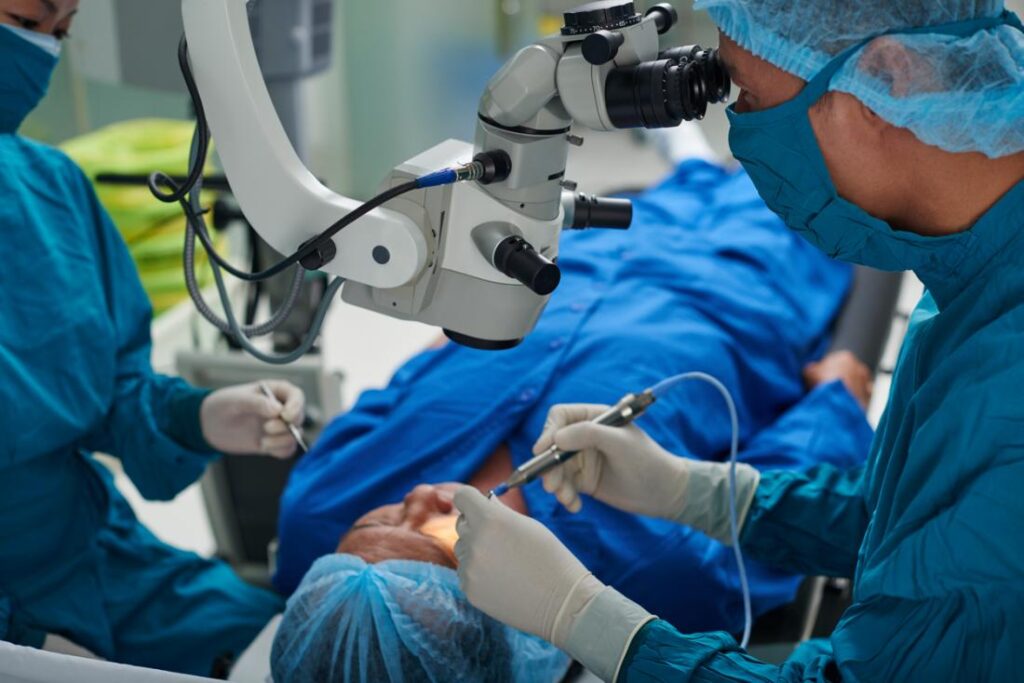
The Role of Early Detection in Retinal Diseases
Importance of Regular Eye Examinations
Regular eye examinations are crucial for the early detection of retinal diseases. Eye doctors can perform comprehensive evaluations to assess the health of the retina and identify any signs of disease or damage. Early detection allows for timely intervention and management, which can help slow the progression of retinal diseases and preserve vision.
During a routine eye examination, the eye doctor will carefully examine the retina using specialized instruments. They will check for any abnormalities, such as the presence of drusen, which are small yellow deposits that can indicate the early stages of age-related macular degeneration (AMD). Additionally, they will assess the blood vessels in the retina to identify any signs of diabetic retinopathy, a common complication of diabetes.
Regular eye examinations also provide an opportunity to discuss any concerns or symptoms you may be experiencing. By sharing your symptoms with the eye doctor, they can better understand your individual risk factors and tailor the examination to your specific needs.
Advanced Diagnostic Tools for Retinal Diseases
Advances in technology have revolutionized the diagnosis and monitoring of retinal diseases. Eye specialists now have access to a variety of sophisticated tools and imaging techniques, such as optical coherence tomography (OCT) and fundus photography. These tools enable detailed visualization of the retina, allowing for precise diagnosis and monitoring of retinal diseases.
Optical coherence tomography (OCT) is a non-invasive imaging technique that uses light waves to create cross-sectional images of the retina. It provides detailed information about the thickness and structure of the different layers of the retina, helping to detect and monitor conditions such as macular holes, macular edema, and retinal detachments.
Fundus photography, on the other hand, involves capturing high-resolution images of the retina using a specialized camera. These images can reveal abnormalities such as retinal tears, blood vessel changes, and the presence of tumors. By comparing these images over time, eye specialists can track the progression of retinal diseases and assess the effectiveness of treatment.
Recognizing Early Warning Signs of Retinal Diseases
Knowing the early warning signs of retinal diseases is essential for timely intervention. It is important to seek medical attention if you experience sudden changes in vision, such as the appearance of floaters, flashes of light, or a sudden decrease in visual acuity. These symptoms can indicate the presence of a retinal disease and warrant immediate evaluation by an eye care professional.
Floaters are tiny specks or cobweb-like structures that seem to float across your field of vision. They are often harmless, but if you suddenly notice an increase in the number or size of floaters, it may indicate a retinal tear or detachment. Flashes of light, on the other hand, can occur when the vitreous gel inside the eye pulls on the retina. This pulling can cause the retina to tear, leading to a potential retinal detachment if left untreated.
A sudden decrease in visual acuity, or a sudden loss of central or peripheral vision, can also be a warning sign of a retinal disease. Conditions such as age-related macular degeneration (AMD) and retinal vein occlusion can cause a gradual or sudden decline in vision. If you experience any of these symptoms, it is important to seek immediate medical attention to prevent further vision loss.
Treatment Options for Retinal Diseases
Retinal diseases can have a significant impact on a person’s vision and overall quality of life. Fortunately, there are various treatment options available to manage and potentially improve these conditions. From non-surgical treatments to surgical interventions and emerging therapies, the field of retinal disease management continues to evolve.
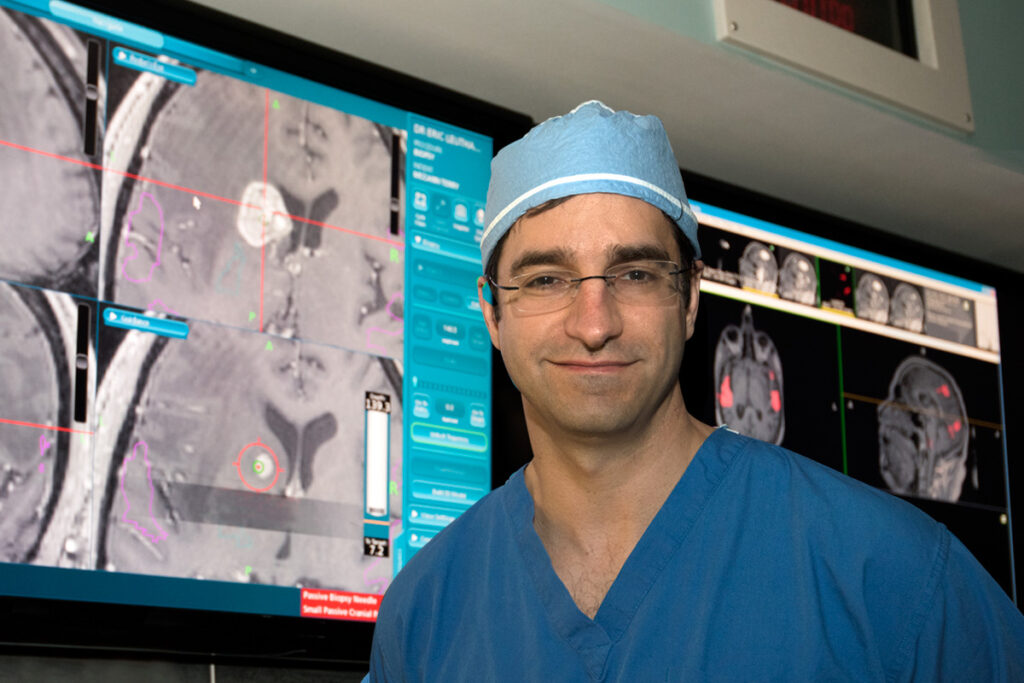
Non-Surgical Treatments for Retinal Diseases
Non-surgical treatments play a crucial role in managing certain retinal diseases. One commonly used approach is the administration of medications, such as anti-VEGF drugs. These medications work by inhibiting the growth of abnormal blood vessels in the retina, which can help slow the progression of conditions like age-related macular degeneration (AMD) and diabetic retinopathy.
In addition to medication, laser treatments are another non-surgical option for retinal diseases. Photocoagulation, for example, uses a laser to seal leaking blood vessels in the retina, reducing the risk of vision loss. Photodynamic therapy, on the other hand, involves the use of a light-activated drug to selectively destroy abnormal blood vessels.
Surgical Interventions for Retinal Diseases
While non-surgical treatments are effective for many retinal diseases, there are instances where surgical intervention becomes necessary. Skilled ophthalmic surgeons employ advanced microsurgical techniques to perform procedures like vitrectomy, retinal detachment repair, and macular hole surgery.
Vitrectomy is a surgical procedure that involves the removal of the gel-like substance in the center of the eye called the vitreous. This procedure is commonly performed to treat conditions such as macular pucker, macular hole, and vitreous hemorrhage. By removing the vitreous, surgeons can improve vision and prevent further damage to the retina.
Retinal detachment repair is another surgical intervention used to treat retinal diseases. This procedure involves reattaching the detached retina to the underlying tissue, typically using small sutures or laser therapy. Early detection and prompt surgical intervention are crucial for a successful outcome in retinal detachment cases.
Macular hole surgery focuses on repairing a hole or defect in the macula, the central part of the retina responsible for sharp, detailed vision. Surgeons may use techniques such as vitrectomy, membrane peeling, or gas bubble injection to close the hole and restore visual function.
Emerging Treatments in Retinal Disease Management
The field of retinal disease management is constantly evolving, with ongoing research and advancements in treatment options. Scientists and clinicians are exploring innovative therapies that have the potential to revolutionize the way we manage retinal diseases.
One exciting area of research is gene therapy, which aims to correct genetic mutations that contribute to retinal diseases. By delivering healthy copies of the defective genes into the retina, scientists hope to restore normal function and slow down or halt disease progression. Although still in the experimental stage, gene therapy shows promising results in certain retinal conditions, such as Leber congenital amaurosis.
Stem cell-based approaches are also being investigated as potential treatments for retinal diseases. The idea behind this therapy is to use stem cells to replace damaged or degenerated retinal cells, thereby restoring vision. Researchers are exploring different sources of stem cells, including embryonic stem cells, induced pluripotent stem cells, and adult stem cells, to develop safe and effective therapies for retinal diseases.
In conclusion, the management of retinal diseases encompasses a range of treatment options, from non-surgical interventions to surgical procedures and emerging therapies. These advancements in medical science offer hope to individuals affected by retinal diseases, with the potential to preserve or restore vision and improve their overall quality of life.
Living with Retinal Diseases
Coping with Vision Loss
Adjusting to vision loss can be challenging, both emotionally and practically. However, there are various strategies and resources available to help individuals cope with these changes. Vision rehabilitation programs, assistive devices, and support groups can provide valuable support and guidance to individuals with retinal diseases, enabling them to live fulfilling and independent lives.
Rehabilitation and Support for Patients with Retinal Diseases
Rehabilitation plays a crucial role in maximizing the remaining vision and optimizing daily functioning for individuals with retinal diseases. Occupational therapists, low vision specialists, and orientation and mobility instructors can work with patients to develop personalized strategies for tasks like reading, cooking, and getting around safely. These professionals focus on enhancing independence and quality of life for individuals with visual impairment.
The Role of Diet and Lifestyle in Retinal Health
Certain lifestyle choices and dietary habits can contribute to maintaining retinal health. Eating a balanced diet rich in fruits, vegetables, and omega-3 fatty acids, along with regular exercise, can help support overall eye health. Additionally, avoiding smoking and protecting the eyes from excessive sunlight exposure are important preventive measures to minimize the risk of retinal diseases.
In conclusion, safeguarding sight requires a comprehensive understanding of retinal diseases, early detection through regular eye examinations, access to advanced diagnostic tools, a range of treatment options, and strategies for living with visual impairments. By prioritizing eye health and seeking appropriate care, individuals can empower themselves to preserve and protect their vision.

